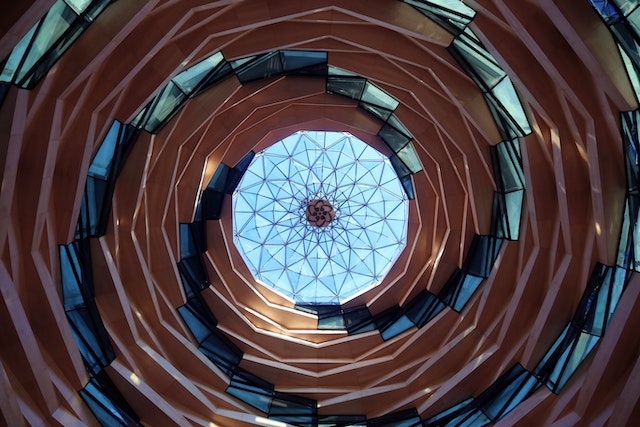In a world grappling with mounting waste and environmental challenges, upcycling has emerged as a creative and sustainable solution. Upcycling involves transforming discarded materials into new, useful products of higher value. This innovative approach not only reduces waste but also showcases the artistry and ingenuity of repurposing. In this article, we delve into the world of upcycling, exploring its artistic expressions and the positive impact it has on our environment.
- Understanding Upcycling: Upcycling is a process of transforming waste materials or unwanted products into items that have a higher purpose or value. Unlike recycling, which breaks down materials to create new ones, upcycling focuses on giving existing objects a new lease on life. This approach emphasizes creativity, craftsmanship, and the preservation of the inherent qualities of the original materials.
- Unleashing Creativity through Upcycling: Upcycling is not just about waste reduction; it is also an artistic endeavor that unleashes creativity. Artists and artisans around the world have embraced upcycling as a medium for self-expression, showcasing their talent by repurposing materials in unique and unexpected ways. From transforming old furniture into statement pieces to creating intricate sculptures from discarded metal, upcycling allows for limitless artistic possibilities.
- Environmental Benefits of Upcycling: One of the most significant advantages of upcycling is its positive impact on the environment. By repurposing materials, upcycling reduces the demand for new resources and minimizes the energy and water consumption associated with traditional manufacturing processes. It also diverts waste from landfills, reducing pollution and conserving valuable landfill space. Embracing upcycling on a larger scale can contribute to a more sustainable future and mitigate the environmental consequences of excessive consumption.
- Upcycling in Fashion and Textiles: The fashion and textile industry is a fertile ground for upcycling innovation. Designers are exploring ways to transform discarded garments, textiles, and accessories into fashionable, one-of-a-kind pieces. From creating patchwork designs using fabric scraps to repurposing vintage materials into trendy clothing, upcycling in fashion not only reduces textile waste but also fosters individuality and style.
- Upcycled Home Décor and Furniture: Upcycling has found a place in interior design, with upcycled furniture and home décor items gaining popularity. From refurbished vintage furniture to repurposed architectural salvage, upcycled pieces add character, charm, and sustainability to living spaces. By upcycling, we can create unique, personalized environments while minimizing our ecological footprint.
- Industrial Upcycling and Innovation: Beyond art and design, upcycling is making its mark in various industries. Companies are finding innovative ways to upcycle industrial waste, turning it into valuable products. For example, discarded plastics can be transformed into durable building materials, and waste wood can be repurposed into sustainable packaging or furniture. These innovative approaches contribute to the circular economy by closing the loop and reducing waste generation.
- DIY Upcycling: Engaging Individuals in the Process: Upcycling is not limited to professionals; individuals can also participate in this sustainable practice through do-it-yourself (DIY) projects. DIY upcycling encourages creativity, resourcefulness, and a sense of accomplishment. Whether it’s repurposing glass jars into stylish vases or turning old pallets into functional furniture, DIY upcycling allows individuals to contribute to waste reduction while expressing their own personal style.
- Collaborative Upcycling Initiatives: In recent years, collaborative upcycling initiatives have gained traction, bringing together artists, designers, and communities. These initiatives foster knowledge sharing, skill development, and social cohesion while addressing waste management challenges



